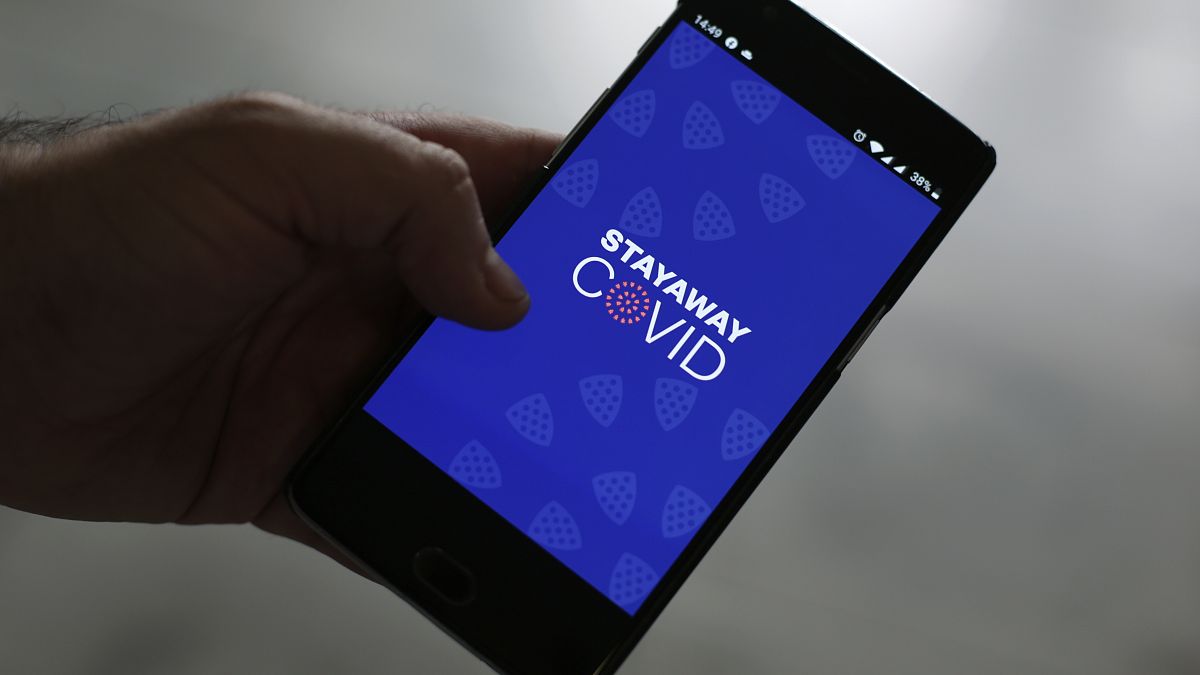Older and vulnerable individuals could be left behind as healthcare and data move increasingly online.
European Union countries are not doing enough to help patients learn more about accessing and understanding health information digitally, a World Health Organization (WHO) survey suggests.
It shows that fewer than half of EU countries had digital education and inclusion plans to support people in understanding complex health information online.
The WHO survey also highlights a changing landscape in healthcare as patients increasingly access sensitive data using digital platforms and apps, a transition that expanded during the COVID-19 pandemic.
But the WHO urged European countries to help older and vulnerable individuals access health information so that some citizens are not left behind as health information moves increasingly online.
“It is a sad irony that people with limited or no digital skills are often the ones who stand to gain the most from digital health tools and interventions – like older persons or rural communities,” said Dr Hans Kluge, WHO’s Regional Director for Europe.
"Access to digital health tools is only useful if you know how to use them," he added at a press conference.
The international agency highlighted multiple measures to improve access to digital inclusion including literacy training, access to broadband, improving access to data, and help for the elderly.
In Leeds, UK, public libraries allow free digital access and help for individuals to learn to use the UK’s National Health Service (NHS) app to improve health information literacy, the report said.
"We are concerned that under half (of WHO Europe countries) have a focus on digital health literacy," Natasha Azzopardi-Muscat, WHO Europe's Director of the Division of Country Health Policies and Systems, told Euronews Next.
"Why? For the simple fact that in healthcare, the bulk of our users tend to be older persons also because of the way diseases cluster, they tend to be people who are marginalised or at the periphery of the society, people who have less education or income and those are the people who could stand to benefit the most," she said.
Health data goes online but lack of oversight remains
An increasing number of countries now allow patients and doctors to access health records online, the survey showed, with nearly 90 per cent of countries in the European region having electronic health records.
More than two-thirds of countries in the region, which includes several central Asian countries, said they had national digital patient portals to allow citizens to securely access their health information online.
For example, patients and GPs in Denmark can access the national health portal in all public hospitals.
More than 80 per cent of countries in the region also make prescriptions available to pharmacies online. Poland, for instance, rolled out an electronic prescription platform in early 2020 that has since made more than a billion prescriptions issued to patients online.
Countries reported that funding, capacity, and legal uncertainty were some barriers to developing national electronic health record systems but these systems were still growing.
The pandemic also fuelled a move towards creating mobile health apps, with more than 90 per cent of countries in the region implementing one. Most of these apps were for patients to access health data or for holding appointments.
Digital vaccination apps and contact tracing apps also became widely available during the pandemic, but many countries still lack entities responsible for oversight of these mobile apps.
Just 15 per cent of countries in the region had evaluations of government-sponsored mobile health programmes.
Telehealth is on the rise post-COVID
More than two-thirds of countries in the WHO’s European region use telehealth or remote patient monitoring and more than half introduced new legislation or a new policy to support telehealth during the COVID pandemic.
It’s part of a larger trend to address doctor shortages in Europe by opening up the possibility of seeking medical advice remotely. This increased during the COVID-19 pandemic in an effort to limit the spread of disease through face-to-face contact.
According to the WHO survey, more than 80 per cent of EU countries are using special funding allocated during the COVID-19 pandemic for telemedicine and health data sharing.
The percentage of states with telehealth initiatives increased significantly compared to the same survey in 2015.
Around 60 per cent of countries in the WHO European region said that their telemedicine services improved because of the pandemic.
But WHO pointed out that more than half of countries in the region said there was no evaluation of their telehealth services, with “a long way to go” to improve.



